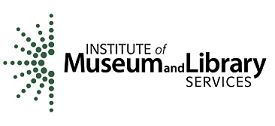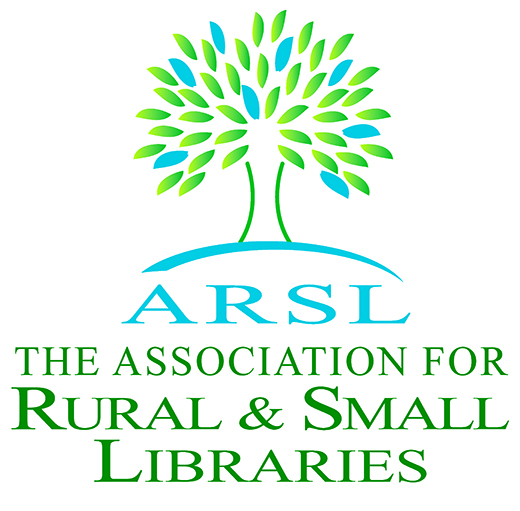Find Community Collaborators and Partners
 As you interact with many members of your community through a variety of discovery strategies, you are likely to encounter individuals and/or organizations who may be productive partners for the space and service transformations you envision. It’s never too early to cultivate relationships with these community members or organizations so they are primed to work with you when you’re ready to take action on your transformation plans.
As you interact with many members of your community through a variety of discovery strategies, you are likely to encounter individuals and/or organizations who may be productive partners for the space and service transformations you envision. It’s never too early to cultivate relationships with these community members or organizations so they are primed to work with you when you’re ready to take action on your transformation plans.
Connecting with Collaborators: Making Community Relationships Work (22:07 minute video)
Expand your perception of “partners” to include anyone in your community who has skills and enthusiasm to help realize the vision of a collaborative, participatory learning environment. (Note: when the presenter references the "learning guide," use the Connecting with Collaborators Worksheet.)
Connecting with Collaborators Worksheet (pdf)
Use this worksheet as a companion to the Connecting with Collaborators video. Start identifying and tracking your potential community collaborators.
Community Partner and Collaboration Guide
This guide presents advantages of collaboration, collaboration strategies, and potential partners in a handy checklist format.
Communications and Partnerships – Tools
This collection of tools and tips will help you find and forge successful partnerships. It includes:
- Compatible Library Partners Chart
- What to Consider When Entering into a Collaborative Process
- Tips and Techniques for Creating Strong Partnerships
- Ten Examples of Successful Library Collaborative Projects
The Smart Libraries Create Smart Spaces project was made possible by support from OCLC and a National Leadership Grant (project number LG-80-16-0039-16) from the Institute of Museum and Library Services. The Association for Rural and Small Libraries was implementation partner for the project.


Toolkit for Creating Smart Spaces
WebJunction offers a toolkit to help you re-envision your library’s place as a center of community learning. Explore more of the Toolkit for Creating Smart Spaces.
